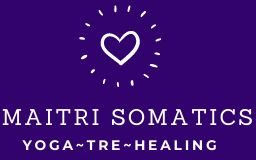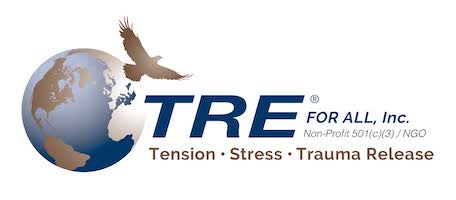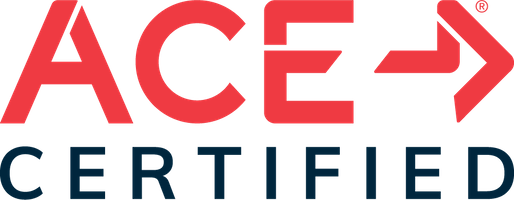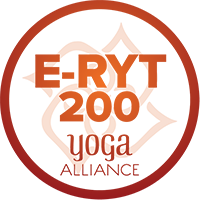Resourcing with The Calm Scale
This is a tool to assist you in learning how to read and influence your own nervous system for enhanced health and well being. You can not make yourself relax! Relaxing is a side effect of Resourcing. Learn which tools bring you more calm and support your sense of safety.
Resourcing
Check in on the calm scale. Try a resourcing strategy below.
Re-check your level of calm on the scale.
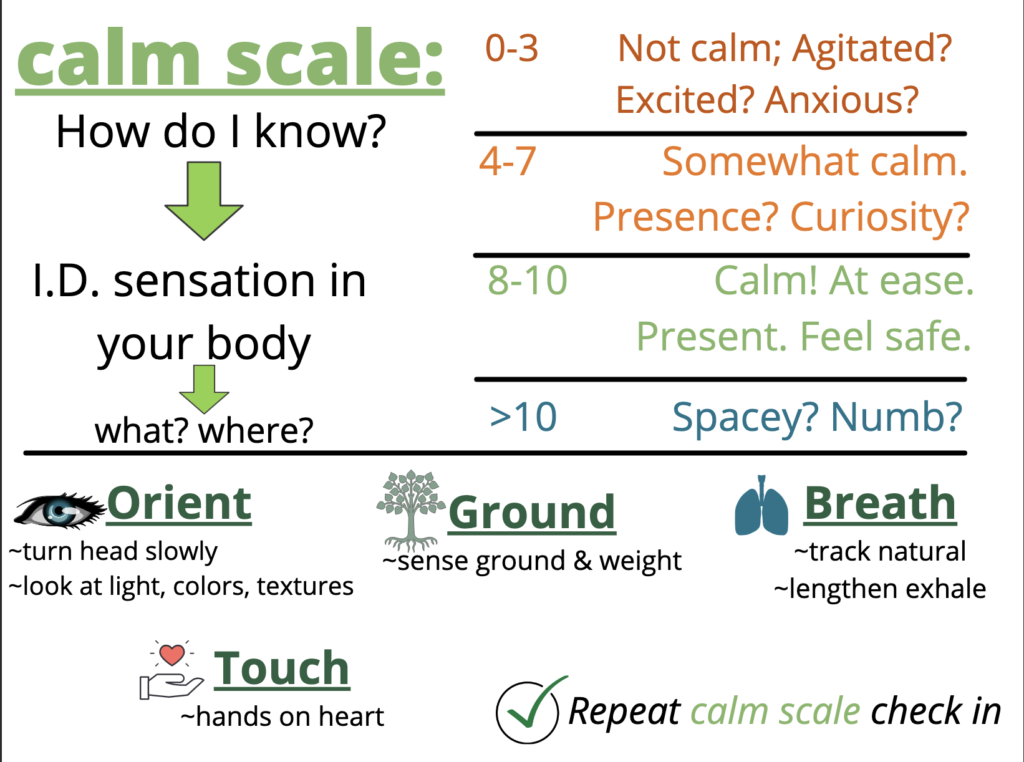
Your breath is the one autonomic nervous system function that you can consciously interrupt (you can’t decide when and how you digest your food, so far). The breath is your neural “brake,” your way to down regulate your nervous system, bringing more calm. A very handy tool
Natural breath: Allow yourself to be breathed by your breath. Let go of controlling your breath, and observe how the breath breathes you. Watch your autonomic nervous system work its magic!
Longer exhalations: Begin to count the length of your inhalation. Then take that number and double it for the exhalation. If you inhaled for a 4 count, exhale for an 8 count. Continue in this way for several rounds of breath. Begin to notice the pause that occurs at the top of your inhale and the bottom of your exhale. Return to natural breath. Check in on the calm scale.
With eyes open, very slowly turn your head to one side, then the other, sweeping your gaze around your surroundings, taking in colors and textures. Be sure to look over each shoulder and allow your spine and pelvis to move with you.
Remember: this is for informational purposes only and may not be the best fit for you and your personal situation. It shall not be construed as medical advice. The information and education provided here is not intended or implied to supplement or replace professional medical treatment, advice, and/or diagnosis. Always check with your own physician or medical professional before trying or implementing any information read here.
